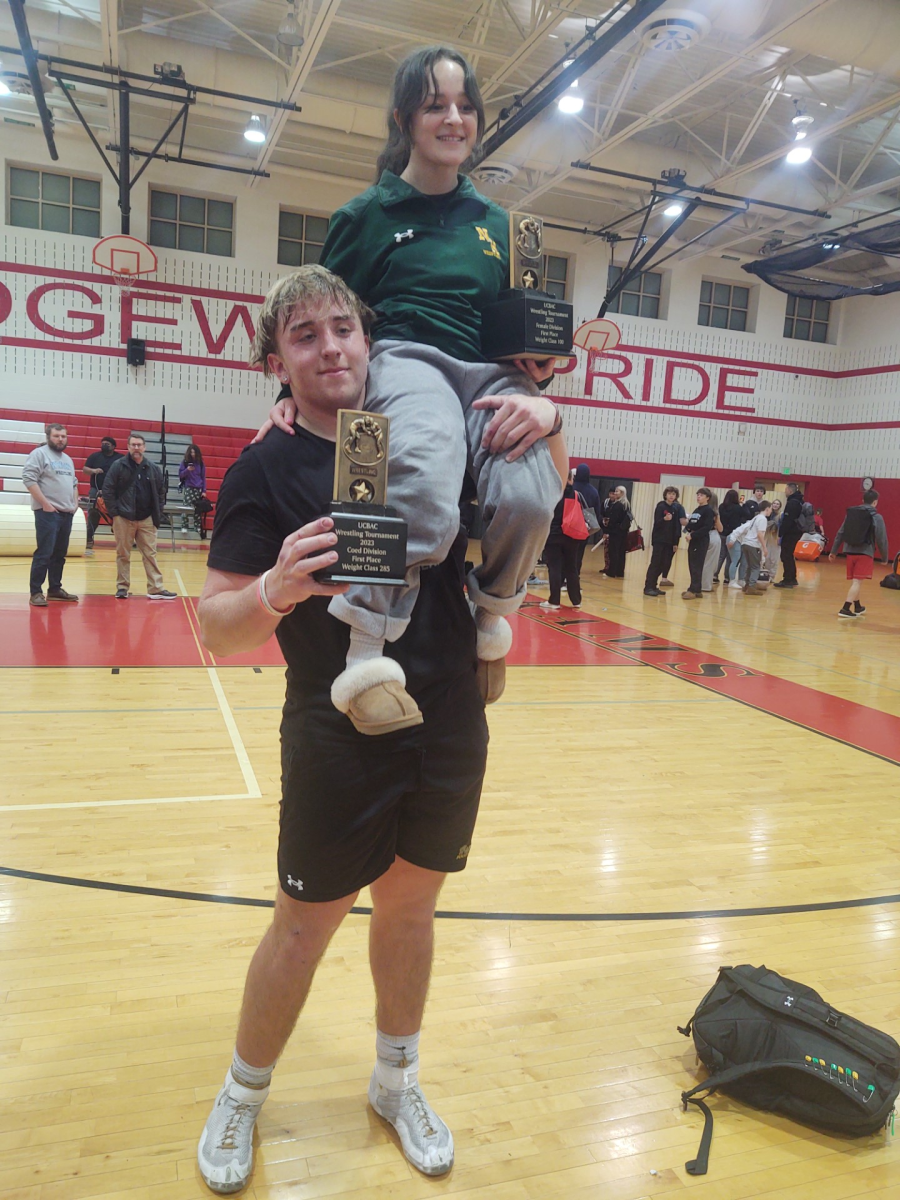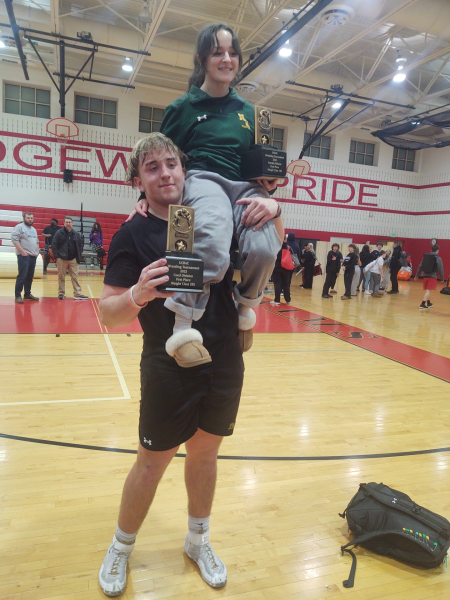Pay-to-play fee rises
Mixed reactions, responses shared by community
North Harford is known for its wide variety of sports, theater and music programs among other things. However, in some cases, the pay-to-play policy has impacted student interest and willingness to participate in these kind of activities.
The pay-to-play policy has been in place since the fall of 2013. It currently requires any student playing a sport or joining the musical to pay $100 dollars to participate. This is a 50% increase in the fee since last year. According to lead secretary Mrs. Kim Iddings, over 300 students are involved in the fall sports season.
NH principal Colin Carr thinks the policy affects families in a couple of different ways. “Some families have the ability more so than others to do so. So I think it’s definitely impacted in a financial way.” Football coach Eugene Leibel agrees. “It might be a challenge to some student athletes depending on their financial situation at home.” Cross country coach Mrs. Laura O’Leary also is not in favor of pay-to-play, especially since many teams also expect parents and athletes to assist with fundraising efforts. “Fundraising after parents having to pay $100 dollar pay-to-play fee, I just feel terrible asking parents for extra money,” O’Leary said.
Some students have personal things to say about pay-to-play. Junior cheerleader Delaney Bosworth believes the pay-to-play policy has a negative impact on students. “I think pay-to-play takes away from students being able to do sports they love because they have to pay $100 dollars just to do an activity that they want to do and it’s unfair.” Bosworth explained some people in cheer couldn’t be at the first game because they couldn’t pay the $100 dollars.
Bosworth isn’t the only student athlete who feels that way. Senior football player Zachary White says the pay-to-play is a “hassle” and “time-consuming.” White had to pay the fee out of his own pocket.
“If there’s some circumstances where families are unable to afford it [the fee], there are ways in which the school system can help those individual families out,” Carr said.
Many athletes, parents and community members are curious as to where the $100 fee goes, and according to assistant principal Ed Stevens “the money from the activity fee is used by the HCPS.”
Coach Leibel said that he would prefer there be no fee for students to play, but admits that he understands “the budget shortfall they’re[the school system} dealing with and if it’s necessary to keep the sport alive then I understand.”







